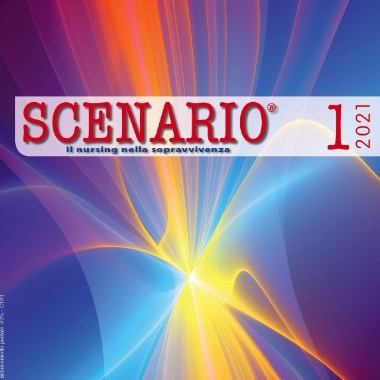Mobilizzazione del paziente sottoposto ad Extracorporeal Membrane Oxygenation: revisione narrativa della letteratura

Accettato: 11 aprile 2021
All claims expressed in this article are solely those of the authors and do not necessarily represent those of their affiliated organizations, or those of the publisher, the editors and the reviewers. Any product that may be evaluated in this article or claim that may be made by its manufacturer is not guaranteed or endorsed by the publisher.
Autori
I pazienti sottoposti a Extracorporeal Membrane Oxygenation (ECMO), sia veno-venoso che veno-arterioso, sono spesso sedati e mantenuti in stato di immobilità a causa dell'instabilità clinica, specialmente dal punto di vista emodinamico, e del rischio di decannulazione che la loro movimentazione potrebbe determinare. Tuttavia, studi sulla mobilizzazione precoce in altre categorie di pazienti critici evidenziano come questa pratica favorisca il recupero della massima autonomia del paziente, della funzione respiratoria e motoria, acceleri il processo di svezzamento dalla ventilazione meccanica e prevenga le altre complicanze legate all'immobilità, favorendo il benessere psicologico del paziente.
Agenzie di supporto
Come citare

Questo lavoro è fornito con la licenza Creative Commons Attribuzione - Non commerciale 4.0 Internazionale.
Aniarti ha scelto di applicare la Licenza Creative Commons Attribuzione Non Commerciale 4.0 Internazionale (CC BY-NC 4.0) a tutti i manoscritti da pubblicare.

 https://doi.org/10.4081/scenario.2021.469
https://doi.org/10.4081/scenario.2021.469



